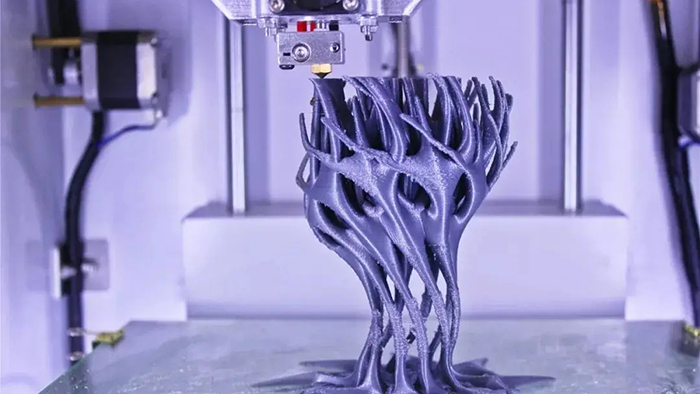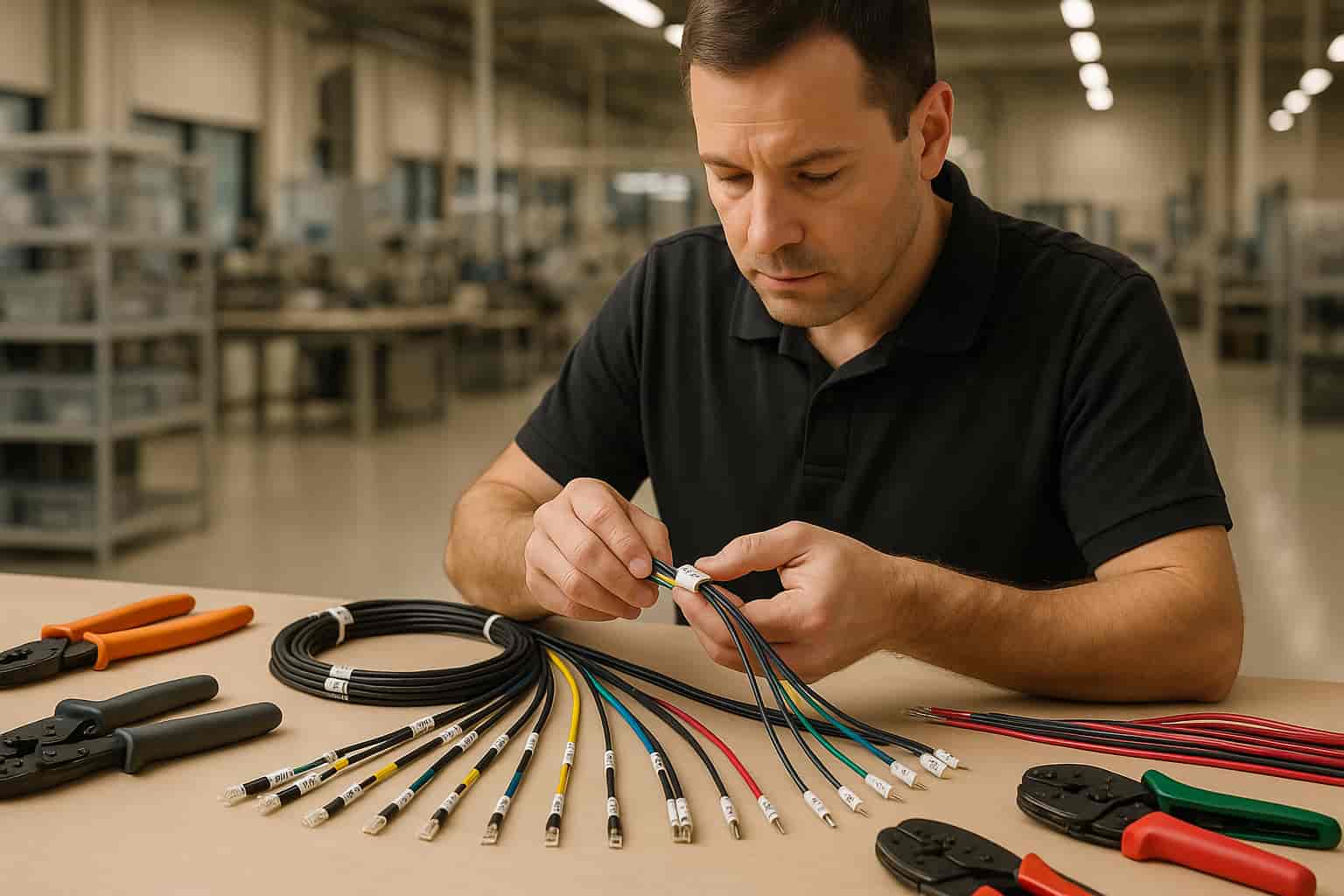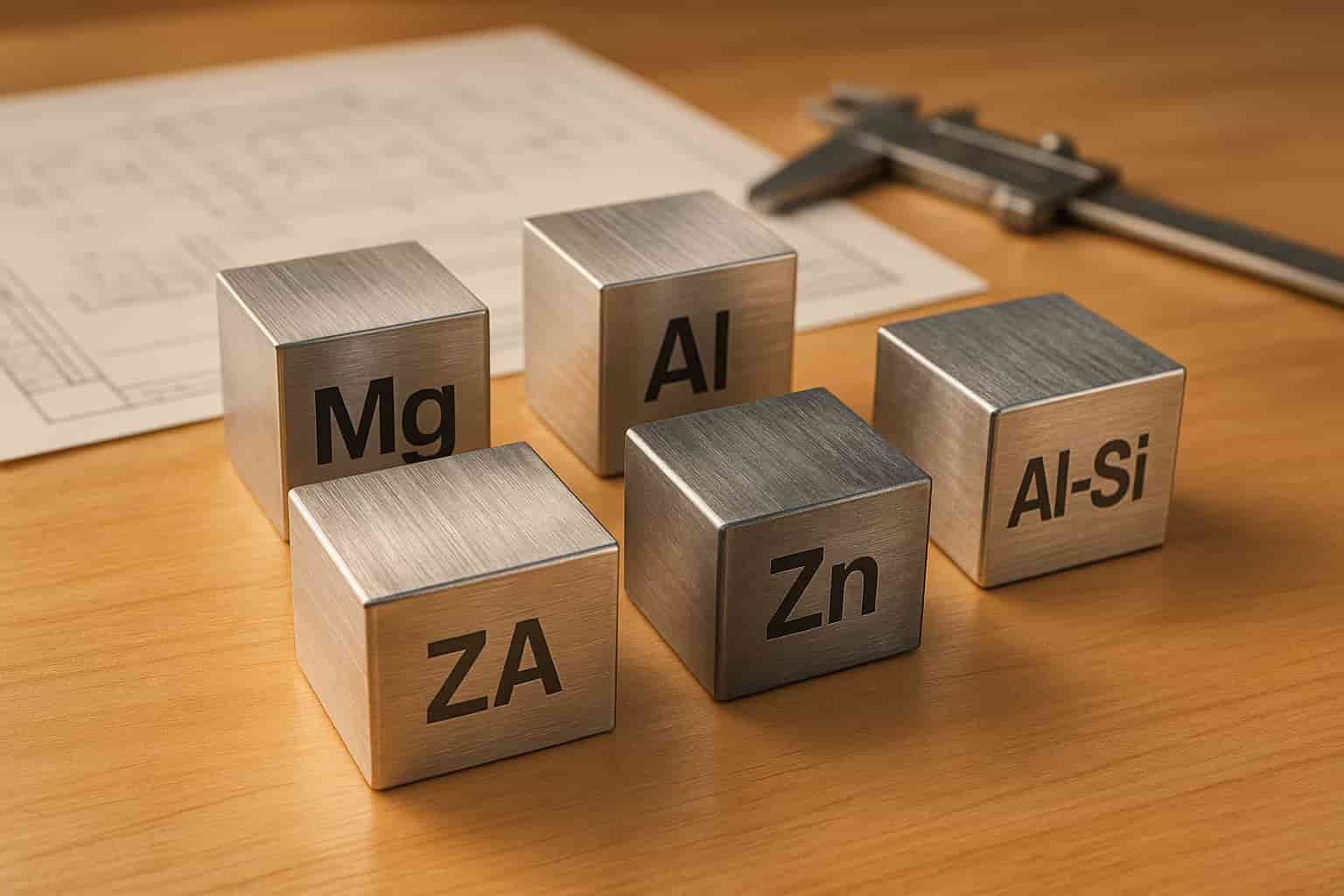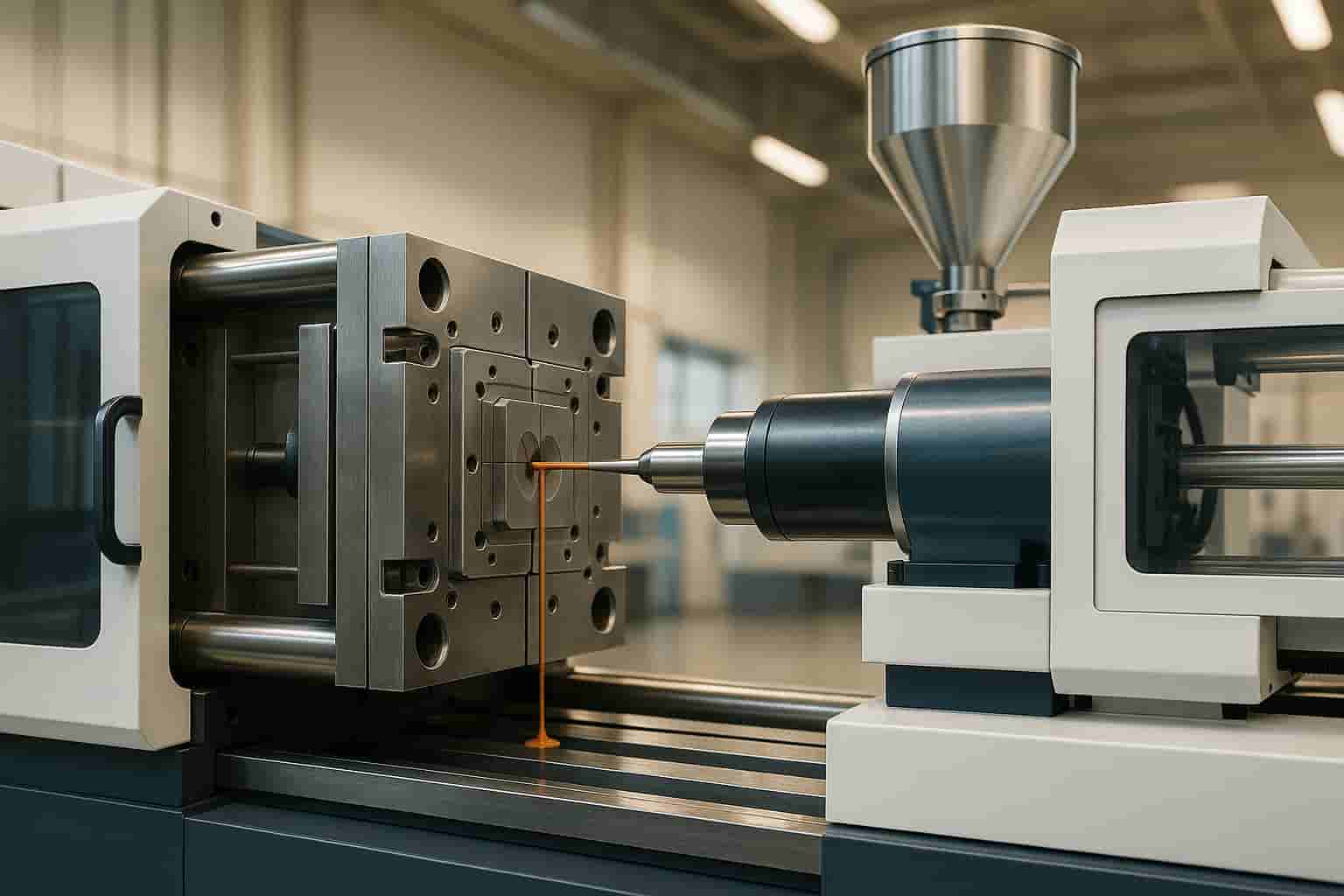As the new energy vehicle market continues to rise in fervor, range is also receiving widespread attention from the industry chain. While battery technology continues to develop, lightweight design, which can relieve this pressure at the design level, has gradually become an important label for new vehicles.
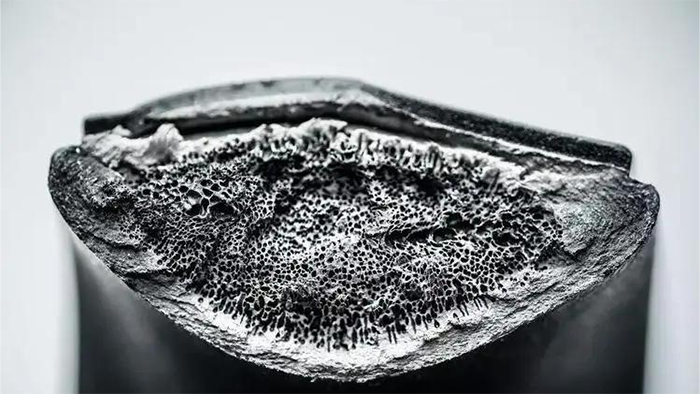
At present, the following technologies have emerged in the field of automotive non-metallic material lightweighting: micro-foam weight reduction technology, thin-wall weight reduction technology, low-density weight reduction material technology, carbon fiber reinforced material technology, biodegradable material technology, etc.
Let's focus on how plastics in micro-foam injection molding technology for automotive weight reduction?
What is
microfoam injection molding?
Microfoam injection molding process has three major advantages: firstly, it can significantly improve the dimensional accuracy of products; secondly, it can significantly reduce the clamping cost; thirdly, it can significantly reduce the molding time.
In automotive interior and exterior applications, microfoam process is generally applied to non-appearance structural parts, such as instrument panel skeleton, bumper bracket, door guard bracket, etc.
Micro-foam injection molding is through the expansion of the bubble hole to replace the injection molding machine to maintain pressure, without excess filling pressure, and can make the pressure distribution evenly through the middle layer of the bubble hole structure to reduce the material density of the product, to achieve a controlled foaming rate to reduce the weight of the product, mold cavity pressure reduced by 30%-80%, the internal stress is significantly reduced.
The process of microfoam injection molding is relatively simple, first of all, it is necessary to melt the supercritical fluid into the sol of the plastic body material, and then spray the mixed sol material into the mold through the high-pressure injection device to form microfoam. Then, as the pressure and temperature in the mold tend to stabilize, the microfoam in the mold is in a relatively stable state. In this way, the injection molding process is basically completed.
Audi C-BEV produced the sub-instrument skeleton using micro-foam injection molding process, which achieved significant weight reduction and no warpage deformation, ensuring smooth mass production. The Audi C-BEV sub-instrument skeleton is said to be the first time FAW-Audi adopts physical micro-foaming technology production process in China. "The Q6 sub-instrument skeleton uses nylon plus glass fiber material with many reinforcement bars, which can cause product deformation and dimensional instability due to fiber orientation and shrinkage, and the use of micro-foaming process can reduce deformation while achieving weight reduction and saving raw materials."
Structural foam parts feature a tight shell and a foamed core, allowing the production of lightweight, shrinkage-free, highly rigid molded parts, while helping to reduce clamping forces, cooling stresses and cycle times, ensuring products achieve higher stiffness at the same weight, which is attractive to the automotive industry.


